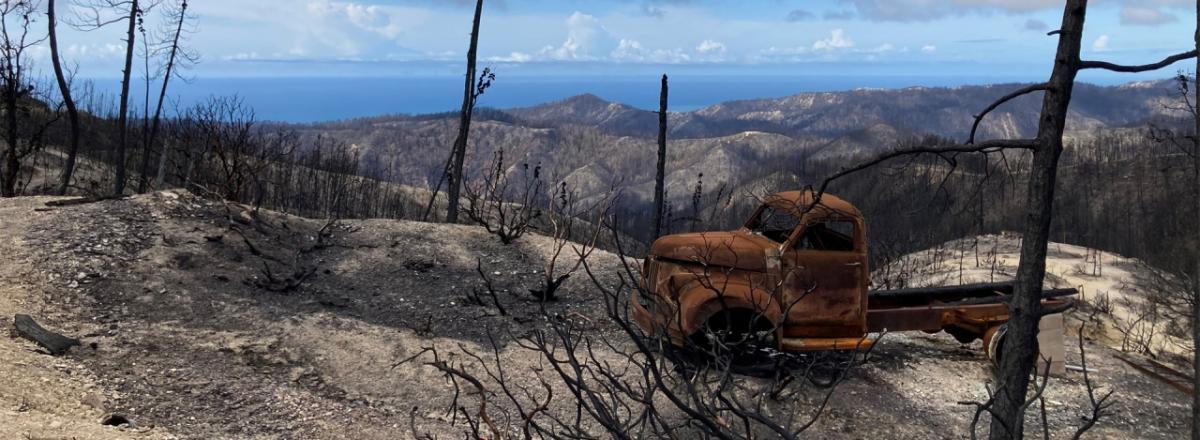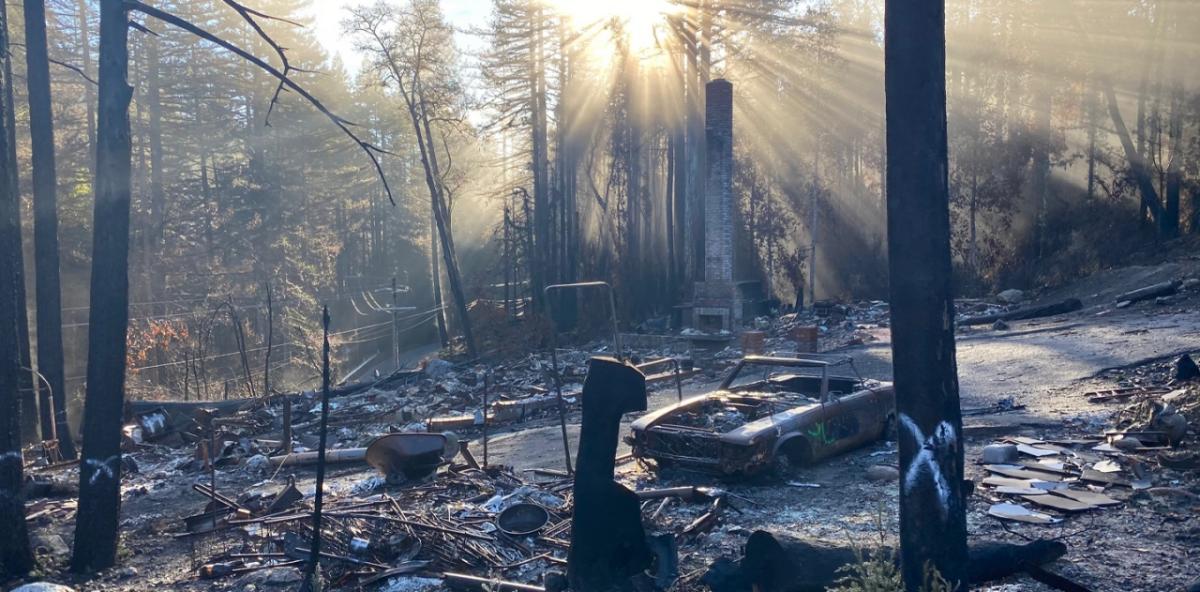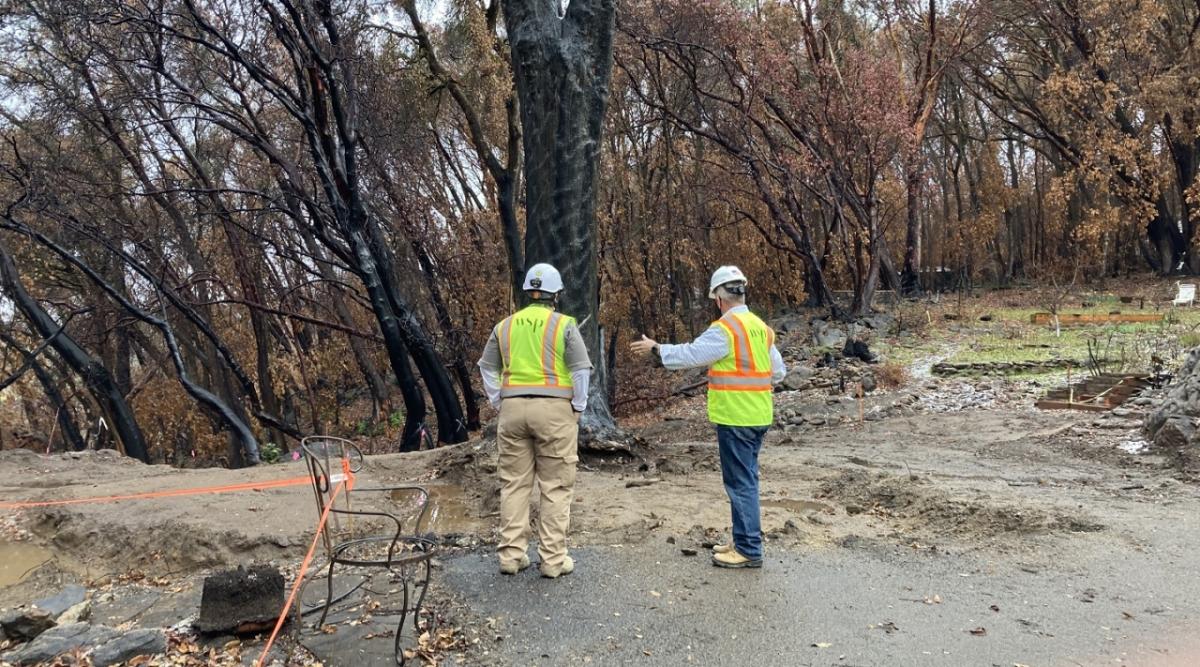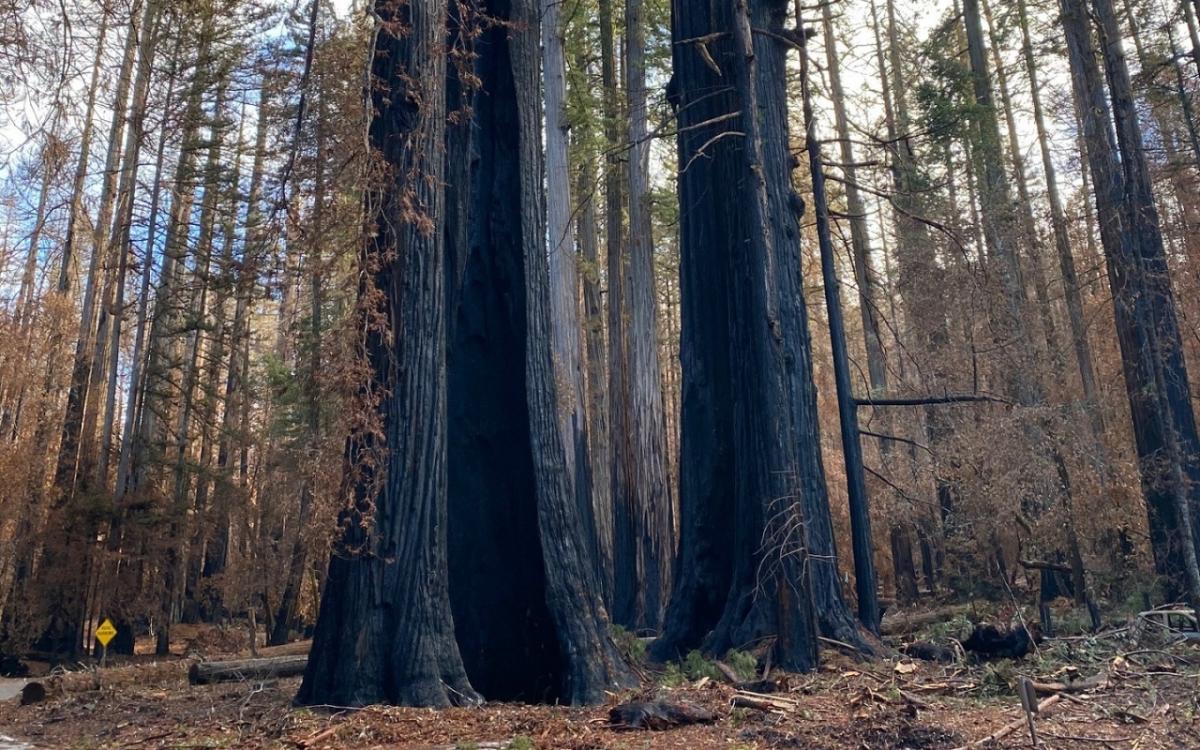WSP USA Clearing Path to Recovery for Wildfire-ravaged Regions of California
Since November 2020, WSP has been providing CalRecycle with emergency structural debris and hazard tree removal leadership in the Bay Branch region south of San Francisco.
In 2020, California was devastated by out-of-control wildfires that claimed lives, destroyed property and created environmental hazards across the state. When the fires subsided, state Emergency Management officials looked to WSP USA for management of the massive cleanup effort.
“This disaster created a significant amount of debris, including ash, metal, concrete, building materials, contaminated soil and hazardous materials,” said Shannon McKinney, project manager for WSP and the debris group supervisor. “Disaster debris and hazard trees must be removed and properly managed to reduce threats to public health and safety, protect the environment and help communities recover and rebuild.”
In November 2020, WSP began providing multiple services to the California Department of Resources, Recycling and Recovery (CalRecycle), which included professional structural debris and public right-of-way hazard tree removal assessment, tracking, management, and financial support services related to structural debris and hazard tree removal in the “Bay Branch” region south of San Francisco. The region includes portions of Monterey, San Mateo, Santa Cruz, Santa Clara and Stanislaus counties, one of the areas hardest hit by the wildfires.
WSP’s responsibilities during the $52 million cleanup effort includes assisting CalRecycle with documentation, coordination with county, state and federal agencies, and related efforts necessary to complete site assessments, removal, processing and transport of the debris and hazard trees to end use and disposal facilities.
As a high-priority project impacting public health and safety, field oversight is on the fast-track for completion in August, with financial and administrative support expected to continue through October 2021. Currently, 97 percent of the originally identified parcels have been cleared of debris and hazard trees.
“This is an emergency project and our team had one week to submit a proposal to CalRecycle,” added Hobart Price, program manager. “WSP’s selection for the project was completed three days after our proposal was submitted, a testament to the firm’s strength and reputation in disaster response and recovery, and our dedication to providing 24/7 responsive service to our clients’ most pressing needs.”
Difficult Situations
Nearly 75 WSP employees are part of a team of more than 270 working either on-site or remotely for the project. When completed, the project will have assessed 1,154 fire-damaged locations in the Bay Branch region that need to be cleared of debris. An estimated 820 properties in the Bay Branch requiring structural debris removal services, while another 15,000 hazard trees in the Bay Branch are estimated to require removal.
Workers faced several difficult situations throughout the project, including weather delays; the need to work on remote, rural and mountainous terrain; overcoming environmental hazards; and the need to maintain a fluid schedule throughout the project.
Adding to an already challenging task was administration of the effort during the COVID-19 pandemic, where safety protocols were elevated above normal levels of protection to keep the workers and community safe during remediation.
“Management and oversight of field operations in a COVID environment led our team to adapt normal standard operating procedures and health and safety plans to continue to provide premiere emergency service while maintaining the highest level of health and safety amongst employees and contractors,” McKinney said.
A critical component to its success has been the daily collaboration and coordination between WSP team, CalRecycle, and its client, the California Governor’s Office of Emergency Services (Cal OES), on objectives and progress.
Constant communication with all stakeholders, as well as maintaining a continuous health and safety presence and conducting daily briefings, has been a key component to staying on track with the goals of the hazard tree and debris removal project. Price represented CalRecycle to coordinate its operations with Cal OES, WSP and Anvil, the debris removal contractor.
The team ensured that they met the production rate schedule in full compliance with state and federal regulations to support California’s effort to qualify for maximum federal disaster reimbursement.
“By completing hazard tree and debris removal on – or even ahead of – schedule, WSP and CalRecycle have been able to support Cal OES’s mission of helping communities recover from the disaster, as well as recouping maximum dollars available from federal disaster funding,” Price added.
Future Impact
The successful techniques incorporated into this effort will impact WSP’s disaster response for future hazard tree and debris removal efforts.
“Processes and system updates are constantly being refined on the ground and will be leveraged moving forward on similar debris efforts, both in future responses to wildfires as well as private property hazard tree and debris removal missions that result from other types of disasters throughout the country,” McKinney said.
Although Price and McKinney have worked on numerous emergency response missions in their time with WSP, they confirmed that this is their first response for a hazard tree and debris removal endeavor of this scale.
“It has been quite fulfilling personally, as the debris removal process is one of the final steps that will allow those affected by the wildfires to begin rebuilding their homes,” Price said. “The experience I am gaining for this project will allow me to function in this capacity at a higher level on subsequent projects.”
When natural disasters like hurricanes, earthquakes or floods – or man-made catastrophes like terrorist attacks or threats – strike the U.S., WSP’s Emergency Management division mobilizes to respond within 24 hours, collaborating with local, state and federal agencies on disaster preparedness, planning, response, recovery and restoration.
Since 1995, WSP has supported the Federal Emergency Management Agency as a nationwide contractor responsible for inspecting homes damaged in presidentially declared disasters. Recent efforts have included flooding along the Texas coastline in 2020 and housing inspections in Florida, Puerto Rico and Texas following hurricanes Harvey, Irma and Maria in the fall of 2017.
Additionally, WSP has been on the frontlines of the COVID-19 disaster response, providing services nationally to the U.S. Postal Service, the U.S. Army Corps of Engineers through its regional divisions and districts, and to state agencies for emergency management and related services, providing personnel, equipment, supplies and services to clients who established emergency health care, testing and vaccination facilities in response to the pandemic.
[To subscribe to Insights, contact the editorial staff at mailto:insights@wsp.com.]





